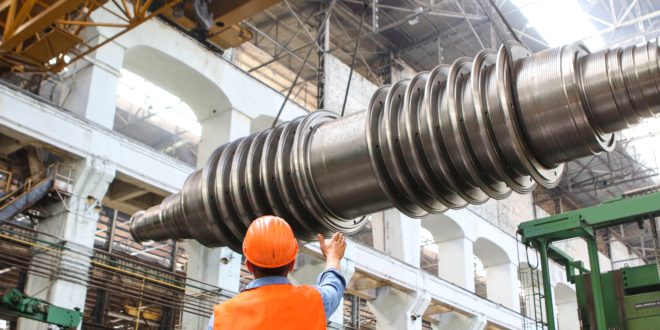Many people in today’s society are especially conscious about how they can cut down on waste. The efforts often take place in their homes and workplaces, but it’s common for consumers also to specifically seek out companies that are among the least wasteful.
Here are some practical things manufacturers can do to minimize waste.
Improve Inventory Management
Manufacturing waste takes many forms. Sometimes, problems crop up when a company miscalculates how much of a product to make. That issue is particularly troublesome when the respective item is perishable, or the demand for it is season-driven. In those cases, the waste happens because not enough people want the product to justify the amount produced.
But, waste can also occur with raw materials. Consider the situation where a company doesn’t make the correct decisions when choosing how many supplies to order. There’s a fine line to walk when determining how much equals just enough and which amount is not enough. However, inventory management software can help companies track trends and view historical data to enhance their data management practices.
Install Sensors for Predictive Maintenance
Besides material-based waste, manufacturers should not forget about wasted time. Such a lack of productivity happens for a variety of reasons ranging from inefficient workflows to staff shortages. But, productivity can also grind to a halt if a machine does. More specifically, if a piece of equipment breaks down, a manufacturer could lose a substantial amount of time and money.
But, Internet of Things (IoT) sensors can detect failure patterns and give early warnings about possible breakdowns. The technology can also assess related things, such as which pieces of equipment get used most often. Then, it’s easier for manufacturers to make smart decisions about things such as whether to invest in new equipment and what type.
When businesses are more aware of possible equipment issues, they can intervene before breakdowns occur. The data provided from the sensors can also give guidance about when to schedule routine servicing for a machine.
Consider Ways to Incorporate Recycling Into Operations
Another forward-thinking thing for manufacturers to do as they assess how to curb wastefulness is to look for opportunities to utilize practices based on recycling. For example, a manufacturing company that produces aluminum could look into using scrap metal as a source. Aluminum produced from scrap consumes only 5% of the energy primary that aluminum does.
Or, manufacturers could evaluate opportunities to reuse water. In one example of a paper mill in Arizona, the facility saved 300,000 gallons of water every day by implementing water-reuse technology. This outcome allowed the company to double its paper production without burdening a nearby public wastewater treatment plant.
A possible approach to take is to identify which practices within the manufacturing plant are well-suited to recycling. Next, the appropriate parties could research feasible methods of depending more on recycled stuff. This allows companies to tackle waste by turning it into new products or keeping it out of landfills.
Confer With Logistics Companies to Reduce Packaging and Transit Waste
Waste often happens once products leave manufacturers’ facilities. For example, some may use inefficient routes, causing drivers to waste fuel as they bring items to their destinations. And, most people have purchased at least a few things online that arrive in a too-large box surrounded by heaps of plastic padding.
To be clear, products associated with e-commerce brands need ample cushioning. They get handled by more people than other items, and the likelihood of the boxes or envelopes getting dropped goes up. However, companies can avoid unnecessary packaging by looking for options that are equally protective without extra material.
One way that logistics managers keep an eye on their fleets is to use a setup similar to the one mentioned above for predictive maintenance. Sensors for delivery vehicles show trucks’ locations and where the worst traffic backups are. Also, some can tell whether a driver may be engaging in driving habits that may waste gas or otherwise be hard on the vehicle.
Then, since this kind of technology usually accompanies a dashboard that allows managers to see the real-time locations of all vehicles, they can intervene when needed. For example, they may tell some drivers that are en-route to their destinations to go a different way and avoid a traffic accident or construction work,
It’s probably going too far for manufacturers to insist that their logistics partners use these monitoring options, but they can at least suggest it and give the reasoning behind it. Moreover, starting conversations with logistics companies about the possibilities is an excellent first step to take.
Waste Is a Conquerable Challenge for Manufacturers
These tips should prove to manufacturers that reducing waste is a goal within reach. Making progress isn’t always easy, but it’s worthwhile.


